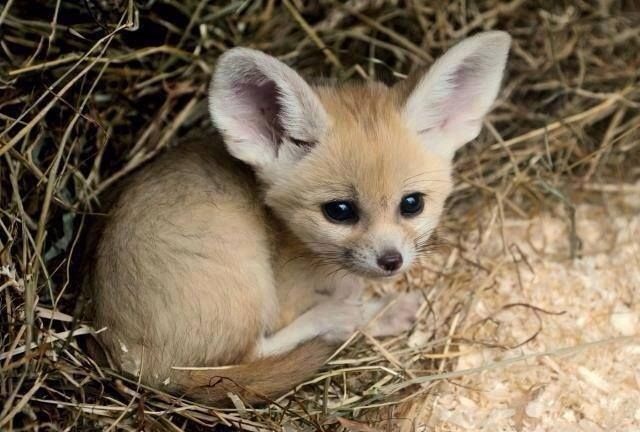
THE TURKMEN CORSAC FOX
It is the southernmost subspecies of corsac within its range. They occupy most of the southern plains of central Asia. Like the other corsac subspecies, they avoid high altitudes and prefer broad steppes. Like their Caucasus counterparts, they differ little from the common corsac fox, differing only in their generally smaller size, and the bit whiter fur in winter.
About the species
The Turkmen subspecies are the smallest corsac subspecies, with shorter, coarser winter fur of dirty-grayish color and reddish tones. There are wide zones of transition between subspecies.
For a fox, it has small teeth and a wide skull. It has a number of scent glands, some of which produce pungent odors, although not so extreme as those found in some other Vulpes species. As in other corsac foxes, are reported to bark during hunting or when threatening rivals, and to use higher pitch yelps or chirps as alarm calls or social greetings.
Reproduction and behavior
- Gestation: 52-62 days.
- Young per birth: around 5.
- Weaning: 28 days.
- Sexual maturity: 9 months.
- Life span: Around 9 years.
- Breeding season: January to March.
Diet and interaction with the environment
The diet of this subspecies is mainly omnivorous, although it focuses on small rodents, as well as insects and fruits. A characteristic of the turkmen foxes is that they can go without water for extensive periods
of time, usually longer than other corsac foxes.
It has no defended territory, and unlike other fox species, sometimes they forms packs. Daytime activity is most frequent at times when food is needed and when food is scarce, during the winter. It digs its own dens, usually shallow, but also the burrows of other animals, such as marmots, groundhogs or badgers. Dens can have multiple entrances, but are usually one meter deep. The burrow is shared between social packs, with dens and connecting holes. As corsac foxes, they are excellent climbers, but not good runners, and could be caught easily by a dog.
Habitat:
Native to Turkmenistan (as the name of this subspecies suggests), Uzbekistan, lowest regions of Kyrgyzstan and Tadjikistan, as well as most northern parts of Iran and Afghanistan, and southern Kazakhstan. There are a few indications of sightings in China, although rare, it is possible that its range extends to the westernmost limits of the country. They mostly inhabit grassland steppes, semi-deserts and deserts, avoiding
mountains, forested areas, dense vegetation and cultivated lands.
Conservation status: There are no estimates of population size and few details are known about the characteristics of regional populations, but it is considered widespread and common. As of 2014, the corsac fox species are listed as least concern in the IUCN Red List.
Physiognomic information:
- Body length: around 40 cm
- Tail length: around 20 cm
- Height: usually less than 30 cm
- Weight: 1.6-2.1 kg
- Skull: around 10 cm
Taxonomy:
Gallery:
Because of its similarity in appearance to the common corsac fox, some of the images may be erroneous. That's why I haven't found any videos about this subspecies either, if you think you have any image or video of the Vulpes corsac turcmenicus let me know in the comments or contact me on my social networks (@etzharai).


































.jpg)
























